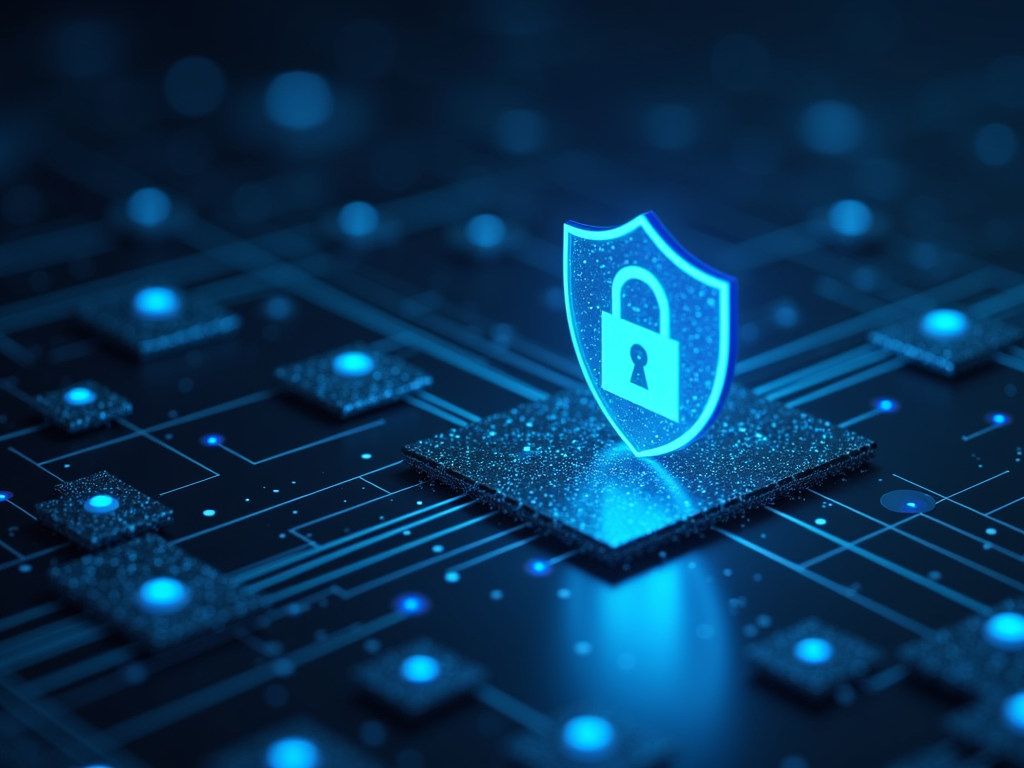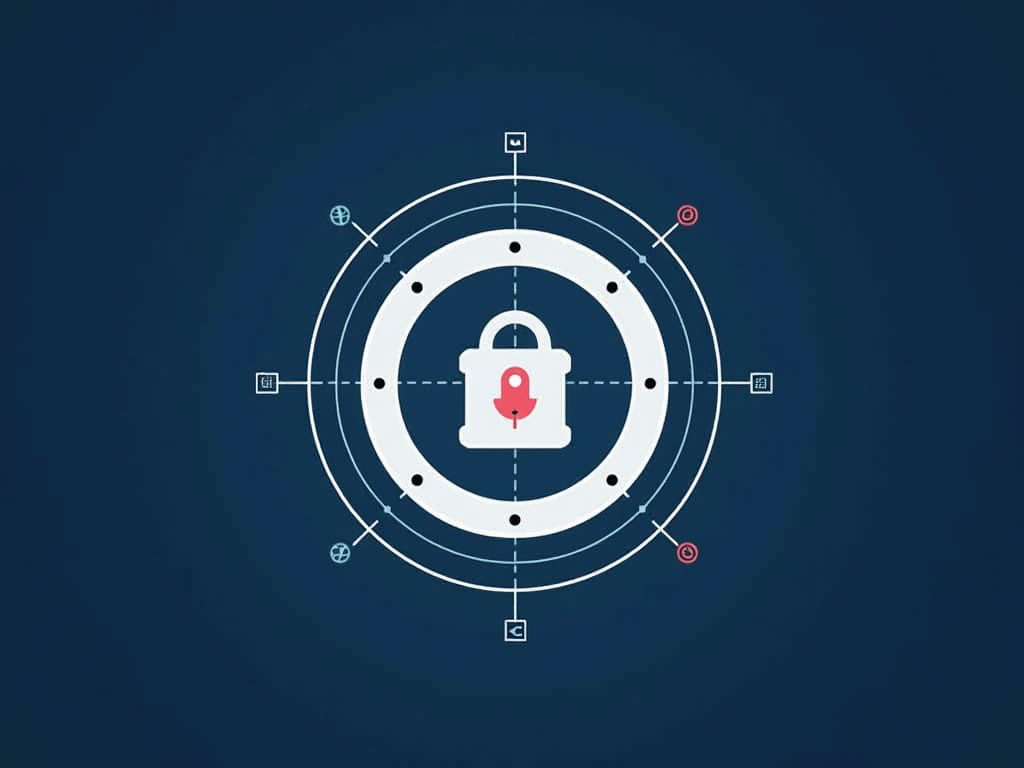The Benefits of Using EDR Software for Endpoint Security
In today’s digital landscape, endpoint security is more crucial than ever. With the rise of remote work and bring your own device (BYOD) policies, the number of endpoints that require protection has increased significantly. This is where Extended Detection and Response (EDR) software comes in – a game-changer for endpoint security.
In this article, we’ll delve into the benefits of using EDR software to enhance your organization’s endpoint security posture.
What is EDR Software?
Before diving into its benefits, let’s first understand what EDR software is. EDR software is designed to detect and respond to advanced threats on endpoints, such as laptops, desktops, servers, and mobile devices. It builds upon traditional Endpoint Detection and Response (EDR) capabilities by integrating security information and event management (SIEM) systems with endpoint agents.
Benefits of Using EDR Software
Now that we’ve defined what EDR software is, let’s explore the benefits it provides:
Enhanced Threat Detection
EDR software enables real-time threat detection on endpoints. It uses machine learning algorithms to analyze behavior, network traffic, and system calls to identify potential threats. This allows for swift incident response and minimizes the attack surface.
Example: A user opens a suspicious email attachment, which triggers an EDR alert. The software can then automatically isolate the endpoint, preventing further damage.
Immediate Incident Response
EDR software provides immediate incident response capabilities, allowing security teams to rapidly contain threats. This includes features like automated containment, memory analysis, and fileless malware detection.
Example: A malicious script is detected on an endpoint. EDR software can immediately terminate the process, preventing data exfiltration or encryption.
Improved Visibility
EDR software provides unparalleled visibility into endpoint activity. It collects detailed information about system calls, network connections, and registry changes, enabling security teams to identify unusual behavior.
Example: An EDR sensor detects an unknown process running on a Windows system. Further analysis reveals it’s a previously unknown malware variant.
Compliance
EDR software helps organizations meet compliance requirements for endpoint security. It provides detailed logging and reporting capabilities, ensuring that regulatory demands are met.
Example: A healthcare organization needs to demonstrate HIPAA compliance. EDR software ensures that all endpoint activity is logged and reported, providing a clear audit trail.
Automation
EDR software automates many aspects of endpoint security, reducing the workload on security teams. This includes features like automated remediation, threat hunting, and incident response.
Example: An EDR sensor detects a malware outbreak on an endpoint. The software automatically isolates the system, terminates malicious processes, and begins cleanup procedures.
Integration
EDR software integrates seamlessly with existing security tools, such as SIEM systems, threat intelligence platforms, and incident response systems.
Example: An EDR sensor detects a threat on an endpoint. The software automatically triggers a SIEM alert, which in turn initiates a comprehensive incident response workflow.
Conclusion
In today’s complex digital landscape, endpoint security is no longer a luxury – it’s a necessity. EDR software has revolutionized endpoint protection by providing real-time threat detection, immediate incident response, improved visibility, compliance capabilities, automation, and integration with existing tools.
By adopting EDR software, organizations can strengthen their endpoint security posture, reduce the attack surface, and minimize the risk of data breaches or encryption. In a world where endpoint security is increasingly critical, EDR software has become an indispensable tool for any organization looking to safeguard its digital assets.



